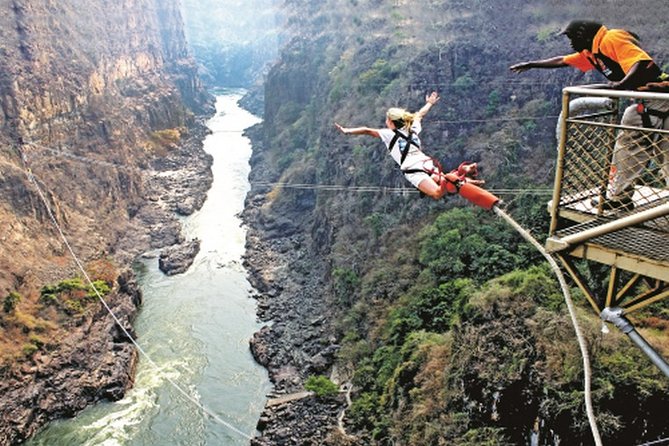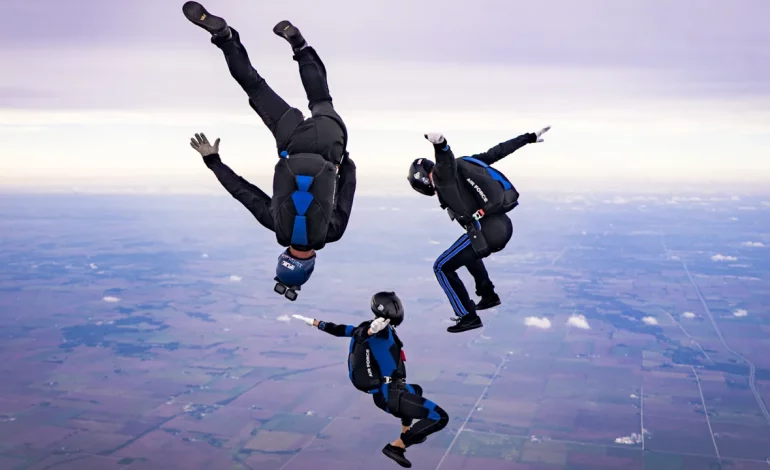
An Introduction To Skydiving
The term skydiving describes the sport of freefalling through the air (usually from an aircraft) before opening a parachutist. Skydiving can give your body a massive adrenaline rush and sensory overload.
What is the typical height of a skydive?
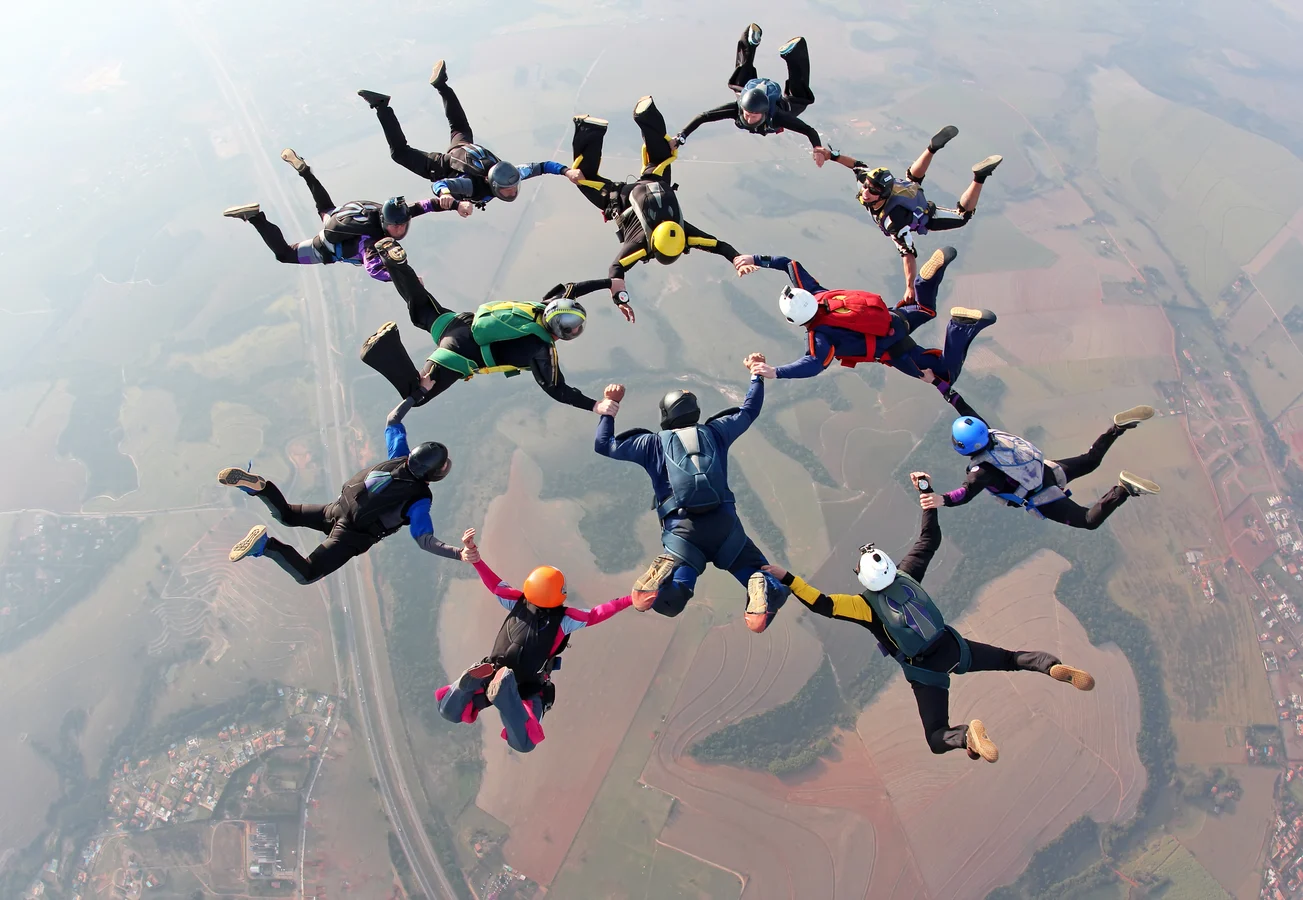
Skydives usually take place at 4,000m (12,500ft), which offers 40-50 seconds of freefall. Exiting from an aircraft much higher than 4,000m can result in longer freefall times. However, such jumps will require pressurised air within the plane as well as bottled oxygen for skydives at very high altitudes.
Skydiving allows you to enjoy total freedom, control and many spectacular and complex manoeuvres, including somersaults, flat turns and formation skydiving.
Skydiving is available as a solo activity or in a group setting. Skydiving is a term that refers to time spent in freefall between exiting the aircraft and deploying the parachute. However, skydiving also includes some disciplines like accuracy landings or canopy formation flying. These focus on the time after the canopy has been deployed.
Skydiving is a thrilling experience
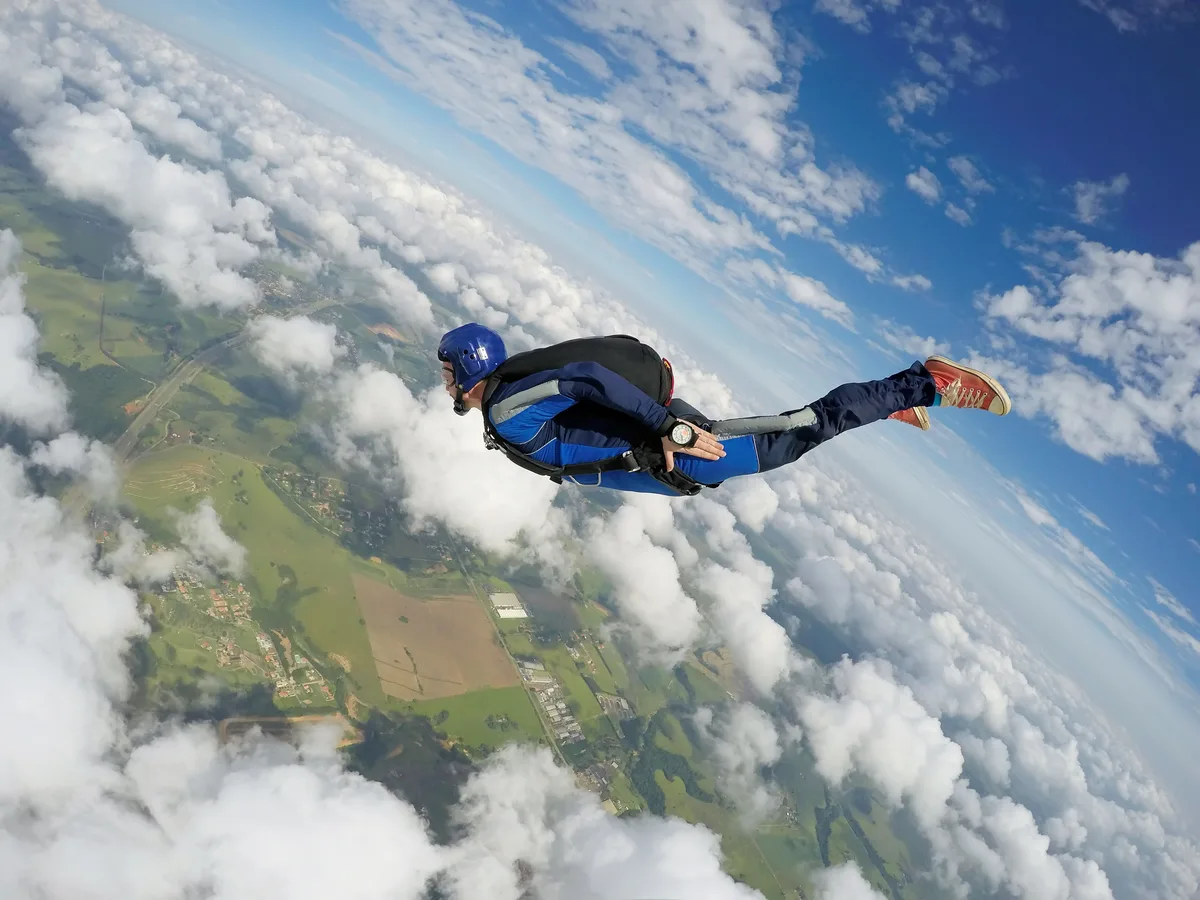
We can’t ignore the adrenaline rush that comes with skydiving when we introduce the sport. Even experienced skydivers still feel the same thrill when they first try skydiving. The excitement of getting ready to jump out of a plane and then the thrill of falling in the air is hard to beat.
After a few jumps the feeling of total freedom and control of your body to perform complex maneuvers in mid-air, whether you’re skydiving alone or with a team, is what skydivers love most.
Who can skydive?
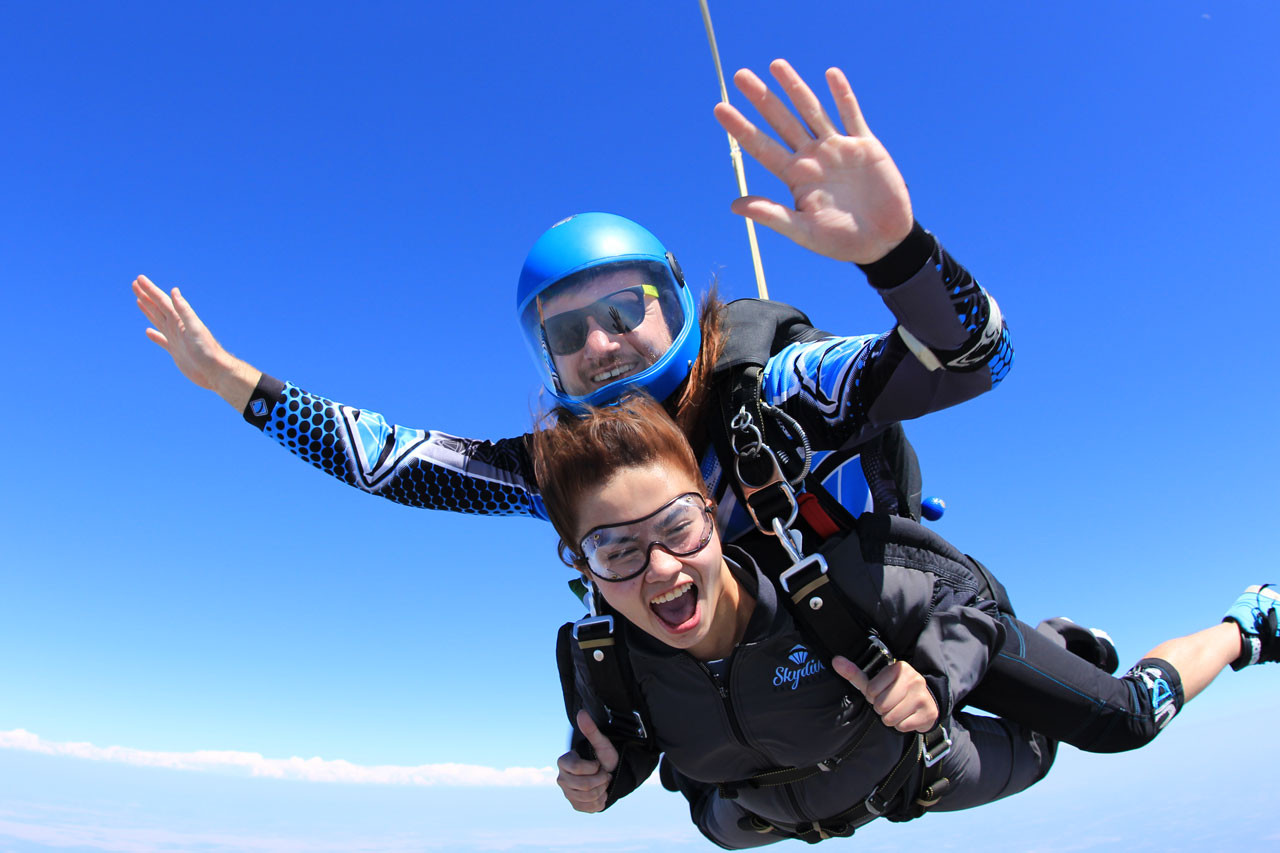
Anyone over 16 can participate in skydiving (those under 18 require a letter signed by a parent/guardian). Most dropzones require a doctor’s signature if you are older than 40.
It is always a good idea to check with your doctor if you’re not sure if you can jump. Many dropzones have a maximum age of 60. However, it is not uncommon for people to skydive at 80 years old. Skydiving is generally only available to those who weigh less than 16st (100kg) or 220 lbs.
Tandem skydiving makes skydiving accessible to those with disabilities and allows them to experience the thrill.
You can also visit your local dropzone. Skydivers tend to be very friendly and welcome newcomers with open arms. It can be intimidating to make your first jumps, but remember that every skydiver at a dropzone was once a beginner. They will offer you advice and help if you decide to take up skydiving.
You will be convinced to skydive once you see how happy people are when they land.
What are the best places to skydive?
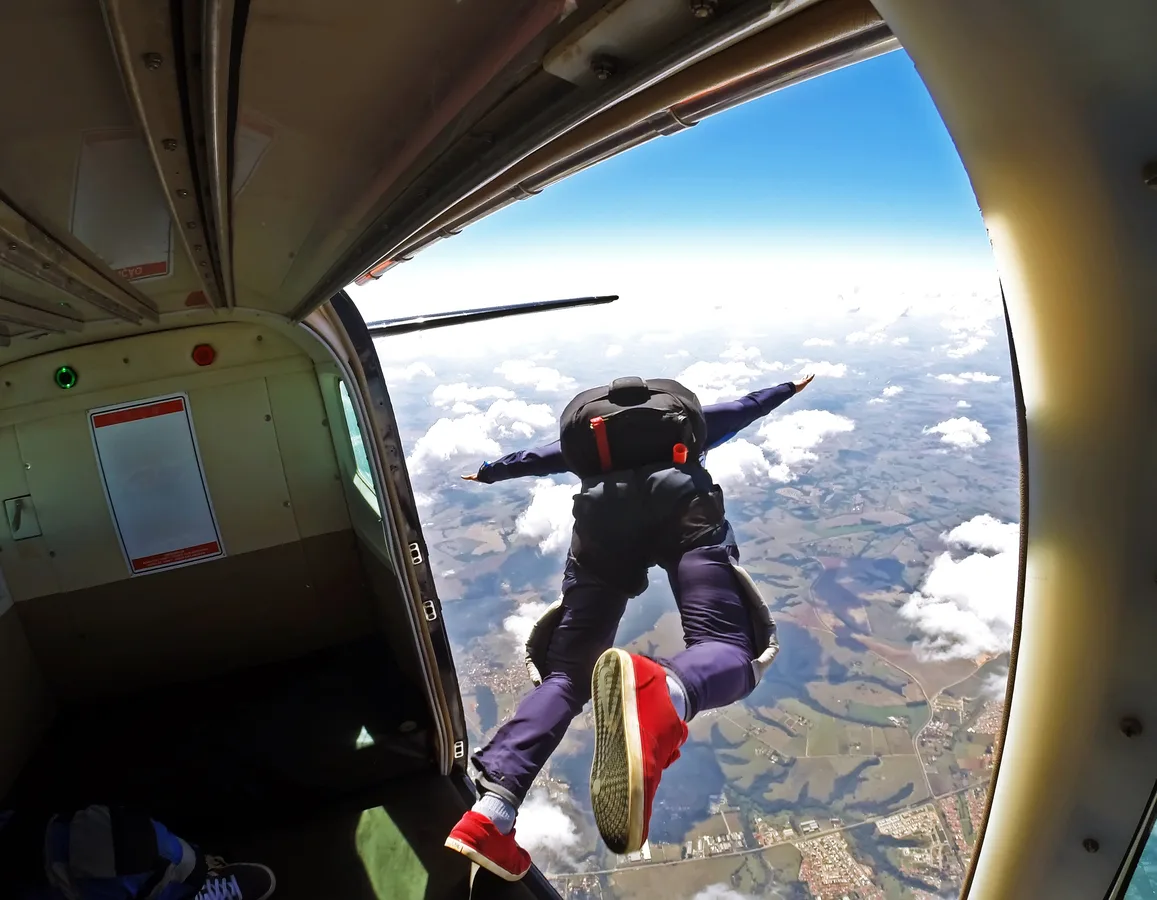
The weather and wind conditions can affect the speed of learning skydiving. For novices, there are strict rules regarding cloud and wind levels.
If you are looking to learn skydiving quickly, with good weather almost guaranteed and great value, then you should consider the United States, Spain, or France. However, for excellent tuition and the best value, the Czech Republic comes out on top. You could also participate in a charity parachute or skydive event to raise money for charity and get your adrenaline rush.

